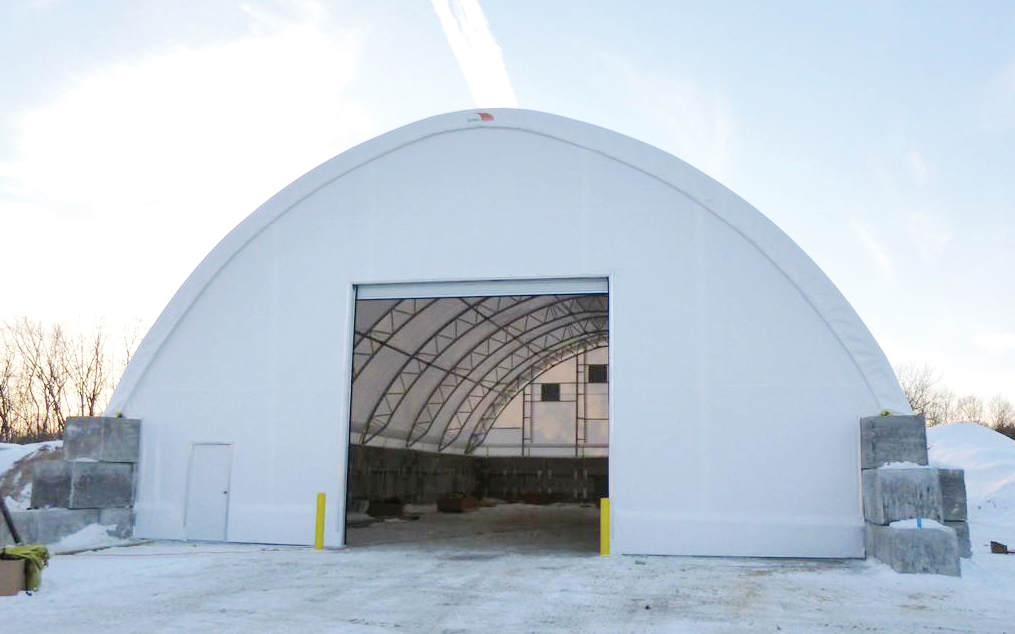Photo: Gorham Road
Approximatly a mile of new 8-inch water mains will be laid starting in “a matter of weeks” after the Belmont Select Board approved the fiscal year ’23 Water Main Replacment project at its Oct. 18 meeting.
Department of Public Works Director Jay Marcotte told the board portions of four roads will be dug up to replace the existing pipe. They include:
- Sycamore Street
- Chandler Street
- Gorham Road
- Chester Road
Estimated by the town to cost $1 million, the town accepted a low bid of $790,070 from Cedrone Trucking of North Billerica. Marcotte said Cedrone has done “acceptable work for many years” having installed more than 11 miles of new pipeline.
Marcotte said three of the streets will be completed before the building season ends with one – still to be determined – beginning in the spring.

